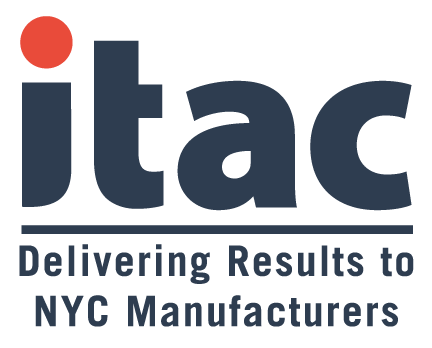With an aging workforce, emerging new technologies requiring more skilled talent, and the continuing decline of trades education in high schools and community colleges, an estimated 2.1 million manufacturing jobs could go unfilled in the U.S. by 2030.
- Teams that include different viewpoints or thinking styles solve problems faster.
- Teams that include different viewpoints produce more and higher-quality intellectual property such as patents.
- Mixed-gender teams can better manage group conflict compared to homogeneous teams.
- Mixed-gender teams can better maximize creativity among team members
Let’s look at strategies for how to expand the workforce pipeline and how to break down barriers to reach underserved and underutilized talent pools.
Rethink What Makes for a Good Fit From the Lens of Inclusion and Access
People tend to hire people who they think will be a “good fit” based on past procedures, environments and cultural norms. Unfortunately, this practice often ends up having exclusionary results. For example, the business could be reflexively eliminating excellent prospects simply because they rely on public transportation or have childcare needs.
Being a good fit also is important to prospective employees. If job prospects do not see people like themselves in the workplace, will they be comfortable sharing their ideas or concerns? If there is a lack of diversity in the management ranks, will they see a viable career path for themselves?
Rethink the Reasons for Excluding Certain Groups From Consideration
Manufacturers may also need to reexamine the characteristics that they think make for a bad fit. Why rule out people with past felony convictions who have turned their lives around and are seeking to become contributors to society? Why rule out job prospects who are not fluent in English if they can be trained to do the job?
Many organizations abide by outdated policies or rules of exception that have unintended consequences. For example, some manufacturers have a credit check requirement on their job postings because they think it will mitigate the risk of theft. However, from job seekers’ point of view this gives the impression that poor credit disqualifies them for the job and reduces their chances of even applying.
Rethinking “fit” through the lens of inclusion and access will enlarge the talent pool. There will be more places to look for employees.
Rethink the Rules About the Importance of Credentials as Qualifiers
Two of the most common qualifiers in job posts are a college degree and professional experience related to the position. These are prime examples of how the old rules of employment have limited prospect pools.
In many cases, it takes a large investment of time and money to earn a college degree. This parameter eliminates a lot of potential workers, especially from underserved communities. It’s also worth asking if those credentials are the right ones or even necessary.
There are great contemporary job training programs that can teach a career-based skill, such as CNC machining, in as few as 16 weeks. Higher education institutions have programs that teach skills in marketing, analytics, IT and cybersecurity in similar time frames. If these skills can be learned in the equivalent of a college semester, why should a manufacturer shrink its prospect pool from the start?
Focusing on related experience can be extremely limiting in today’s job environment. Instead, manufacturers should instead look for skills that are transferable to the jobs they are trying to fill and expand their ideas of what can be taught in-house.
Rethink the Rules for Workplace Structures, Incentives and Perks
Research shows that people are not just looking for a job but also a career path. Companies that offer training and professional development on work time are sending a clear message that they value their employees’ futures.
Research also shows that employees value flexibility. Consider offering remote work opportunities when possible, options for four-day work weeks, and shorter days to accommodate parenting and childcare, which is one of the biggest hurdles to employment.
Employees value incentives and perks that help them subsidize personal expenses such as transportation, food and tools. Consider providing:
- Breakfast for an early shift. It makes it easier for employees to get to work on time, offsets expenses and provides nutrition to start the day.
- Laptops, phones and any tools required to do the job. If work boots are required, provide those too.
- Pay for bus and subway passes. Provide incentives for workers to help coworkers with transportation.
- Businesses can partner with childcare providers, invest in wellness programs or provide discounts at grocery stores.
Rethinking the old rules of hiring is essential to meeting current and future hiring needs. Seeking, recruiting and hiring a more diverse workforce will only add to a company’s value. If you’re looking to improve your client retention or recruiting strategies, contact ITAC today! Our network of consultants and experts are here to help.






